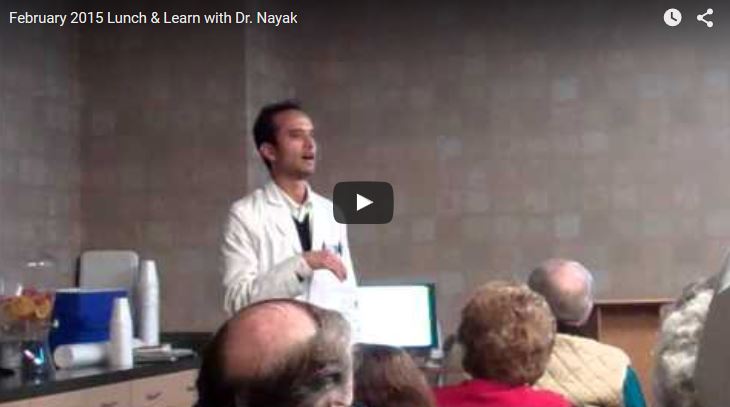May is American Stroke Awareness Month, dedicated to increasing the public’s understanding of this debilitating event. The incidence of strokes is the number four cause of death in the United States. Every forty seconds, someone in this country suffers a stroke. Eighty percent (80 %) of strokes are preventable, yet studies show that most Americans do not consider stroke to be a leading health concern.
A stroke occurs when blood flow to a part of the brain is interrupted. Once the blood flow to brain cells stops, they die. During a stroke, the passage of time is directly affects the loss of brain function. Connally Memorial Medical Center recognizes the need for fast diagnosis and treatment of stroke patients, and partnered with the Methodist Health Care System to meet this challenge. Time is everything in minimizing the damage a stroke causes, so quick and decisive action is important. CMMC’s Emergency Department does quick evaluation of acute stroke patients through a CT Scan, a neurology consult using our state-of-the-art Tele-Health Robot, and an integrated plan of treatment.
Although stroke patients arrive at CMMC regularly, often they have waited too long before coming to the hospital. During Stroke Awareness Month, the American Heart Association/American Stroke Association (AHA/ASA) encourages Americans to remember two things that may save a life:
- Know if you are at risk for stroke.
- Know the warning signs and what to do in a stroke emergency.
Are you at risk? Many risk factors for stroke can be modified by one’s lifestyle. These include diet, weight, level of physical activity, smoking, and cholesterol levels. What would you change about yourself to avoid a stroke?
Other factors may be controlled with help from your doctor. The greatest stroke risk factor is high blood pressure. Check your blood pressure regularly and discuss with your doctor. Other conditions that increase your risk of stroke include diabetes, atrial fibrillation (irregular, rapid heartbeat) and TIAs, or “mini-strokes”. Managing these conditions through lifestyle changes and prescribed medications can lower your risk of stroke.
What are the stroke warning signs? If you or a loved one have risk factors, learning the warning signs of a stroke should be a priority. The AHA/ASA initiative Together to End Stroke teaches the acronym “F.A.S.T.” to help remember the stroke warning signs, to recognize the onset of a stroke, and what to do if any symptoms occur. “F.A.S.T.” stands for:
- F – Face Drooping
- A – Arm Weakness
- S – Speech Difficulty
- T – Time to call 9-1-1
Additional stroke signs include: Sudden severe headache with no known cause; sudden trouble walking, dizziness, loss of balance or coordination; sudden trouble seeing in one or both eyes; or sudden confusion or trouble understanding.
Together to End Stroke offers a free “Spot a Stroke F.A.S.T.” mobile app for iOS and Android phones. This app includes the stroke warning signs and a searchable map to find hospitals that have been recognized for heart and stroke care. Information about managing stroke risks and surviving a stroke is available at www.strokeassociation.org/strokeorg
Another installment in Connally Memorial Medical Center’s continuing “Lunch and Learn” series, BE STROKE SMART will occur on Thursday, May 22, 2014 in the Large Conference Room. Dr. Juan Schiavone, CMMC Stroke Medical Director and other members of the CMMC Stroke Team will present a highly informational program. Enjoy a free, healthy lunch on us and BE STROKE SMART by learning how to reduce your risk of stroke, recognize stroke symptoms early, and respond quickly to the signs of a stroke.






